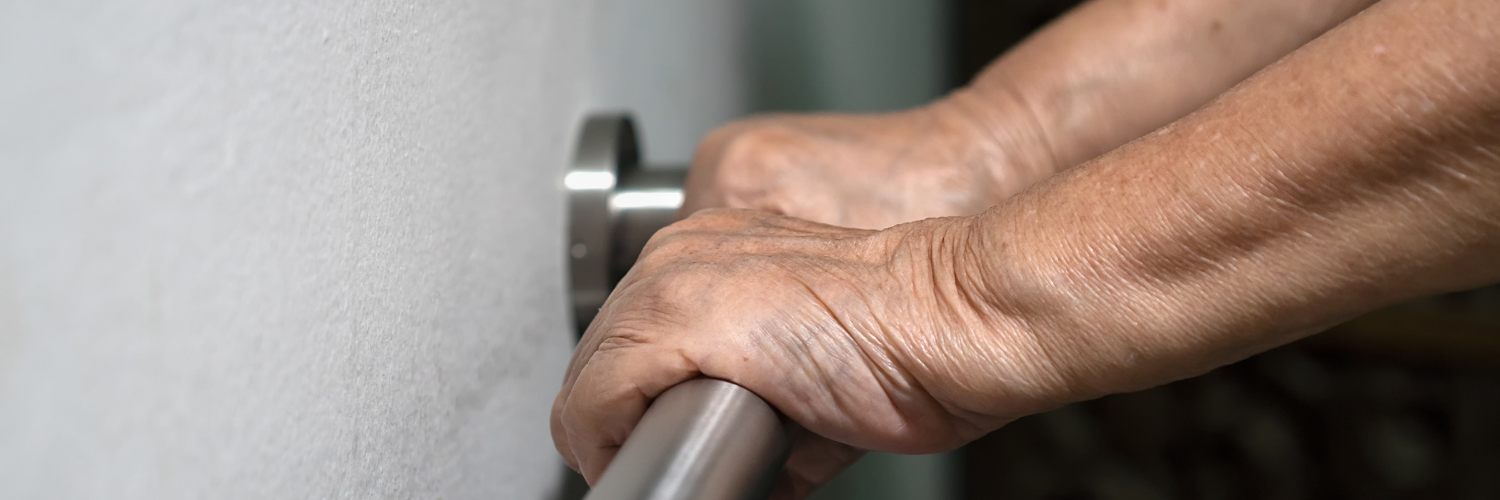What Does It Mean to Be Resilient?
Resilience is often defined as “the ability to recover from or adjust easily to misfortune or change.” But when you’re living through something life-changing—like a stroke or a loss—that definition can feel much too simple.
The truth is, resilience is not about being unaffected by pain or bouncing back overnight. It’s about finding a way forward, even when everything looks different than it did before.
We Are All Practicing Resilience, Every Day
From the moment we’re born, life gives us opportunities to practice resilience—falling and learning to walk, handling heartbreak, managing work stress, facing uncertainty. With every challenge, we adapt. We learn. We grow stronger.
But resilience doesn’t mean pretending things are okay when they’re not. It means acknowledging the pain and choosing to move forward with compassion and hope.
Three Powerful Habits That Build Resilience
Resilient people aren’t born—they build skills that help them move through difficult times. Here are three simple but powerful habits that support emotional resilience:
1. Accept that adversity is part of life
Life is unpredictable. Bad things can happen to good people. It’s okay to feel frustrated, sad, or angry. Resilient people don’t deny hardship—they acknowledge it and allow themselves to feel it, knowing that healing begins with honesty.
2. Focus on what’s good, even in small ways
Gratitude doesn’t erase pain—but it shifts your perspective. Try asking yourself: What is still good? What moments brought peace today? Focusing on even small positives—a kind word, a sunny afternoon, a good meal—can help balance your emotional landscape.
3. Ask: Is this helping or harming me?
When facing a tough moment, pause and reflect: Is what I’m doing or thinking helping me move forward—or holding me back? This simple question can gently guide you toward healthier coping strategies. And always, always be kind to yourself in the process.
Final Thoughts
Resilience doesn’t mean you have to be strong all the time. It means allowing yourself to rest, to grieve, to feel—and still deciding to keep going.
If you’re navigating life after a stroke, caring for someone who is, or simply going through a difficult season, remember: You are already resilient. Every step you take, no matter how small, is proof of your strength.
You don’t have to do it alone. Support, healing, and hope are always within reach.


%20(2)%20(1).png)



